Movies Like Saw to Watch for More Gritty Horror-Thriller Mayhem
Saw, the low-budget horror-thriller originally released in 2004, propelled a new set of horror iconography into pop culture, earned a huge profit off a tiny budget, and inspired a multi-decade franchise with not one but two soft reboots among its labyrinthine narratives. Not bad for a movie that, whenever I rewatch it, always surprises with how small and contained its scope is. Two people stuck in a bathroom; a killer who wants them to saw off their feet; a reverse bear trap; a philosophy on living your life to the fullest; a dead guy getting up from the floor; game over. With these simple, intentional genre pleasures, director James Wan and writer/actor Leigh Whannell struck gold, changed the horror film industry, and became sought-after talents.
I love the first Saw deeply, and I love movies that scratch its particular itch. If you share a similar affinity for its combination of deadly games, extreme grimness, and thriller elements crossed with horrific ultraviolence, we've got seven movies like it for you to check out. Most people are so ungrateful to have a list of similar movies to Saw. But not you. Not anymore.
13 Tzameti
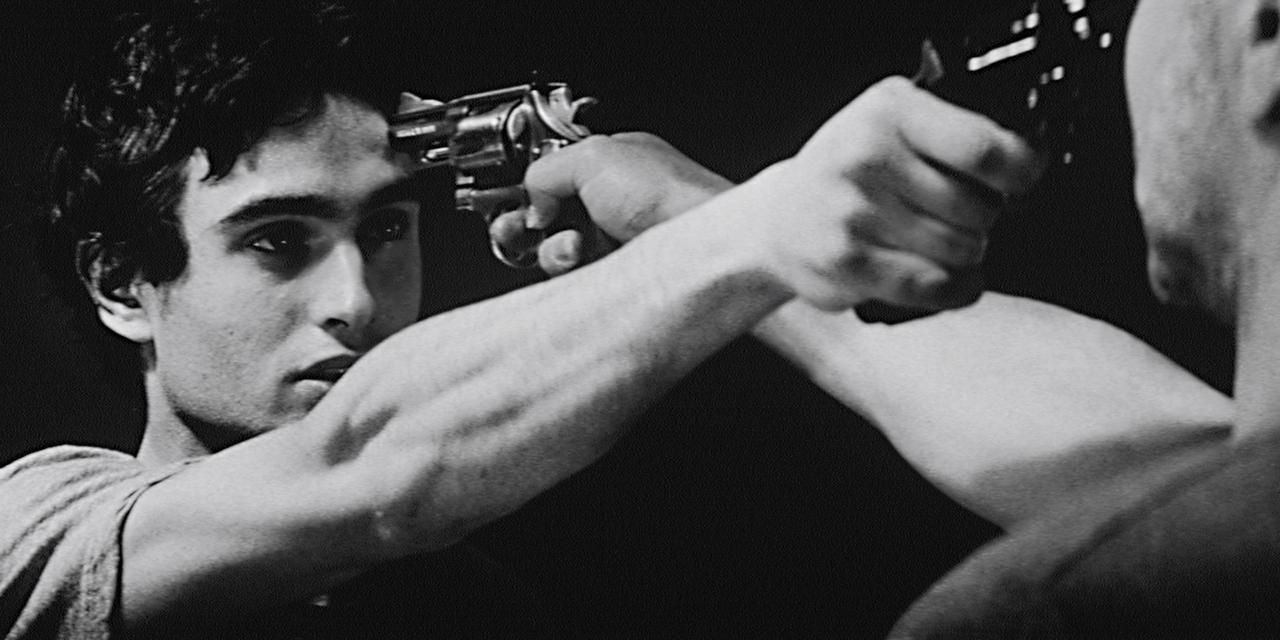
Terse, pulsing, sharp, and brutally simple, 13 Tzameti will shred your nerves with startling efficiency. The Georgian/French language thriller puts Georges Babluani (soulful eyes and kinetic movements) in the center of a deadly game with the ever-dimming hope of a light at the end of the title. Sociopolitical statements about our society exploiting immigrants and lower-class people lurk at the margins of the beyond-suspenseful set pieces, giving the primal sequences of tension and violence a subtle sense of elevation. But this ain't no high-falutin' art picture; with its grimy black-and-white photography and morose ending moments, you will need a post-13 Tzameti shower in the best way possible.
Cube
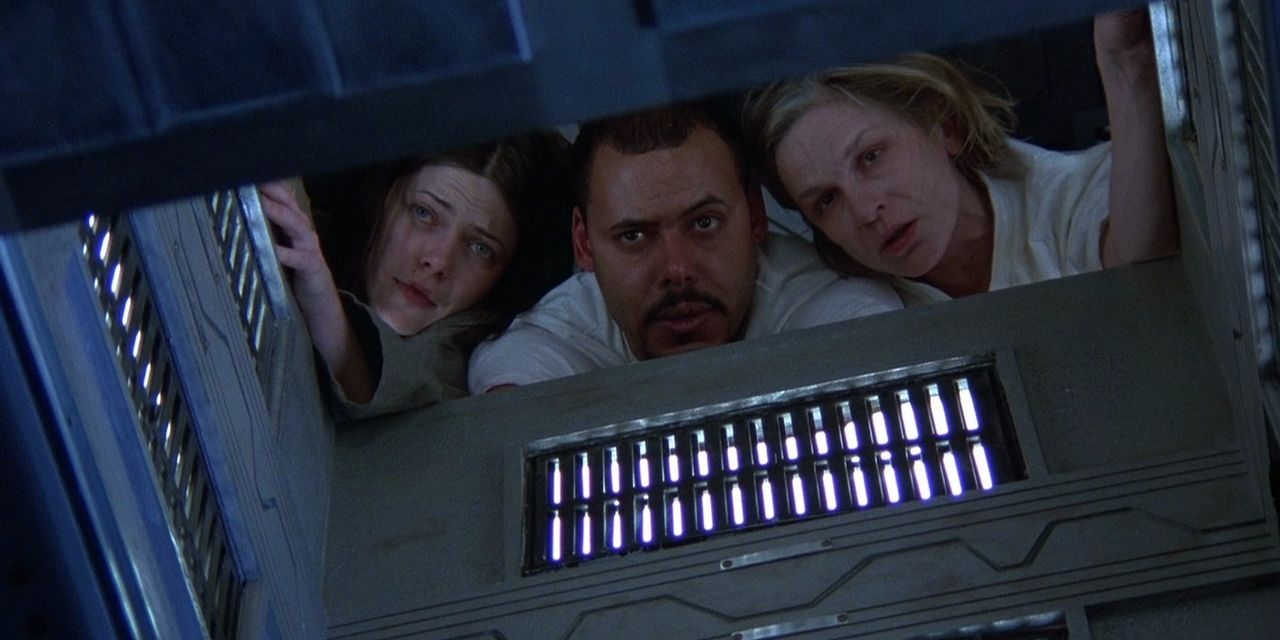
One of the urtexts in the very specific "strangers wake up in a random room with no memory and have to play deadly games" sub-genre that Saw so grippingly calcified, Cube is enigmatic, invigorating, and satisfying even when it purposefully chooses obliqueness over answers. Every titular cube these prisoners happen upon has some kind of sci-fi, dystopian future torture method of killing them. Can they find some kind of escape from this unexplainable structure they find themselves in? Or will their psychological breakdown destroy them before they even trigger the next trap? A low-budget miracle from the always unique genre maverick Vincenzo Natali, Cube is the kind of gem that will occupy your entire brain as you absorb and theorize about every morsel.
Escape Room
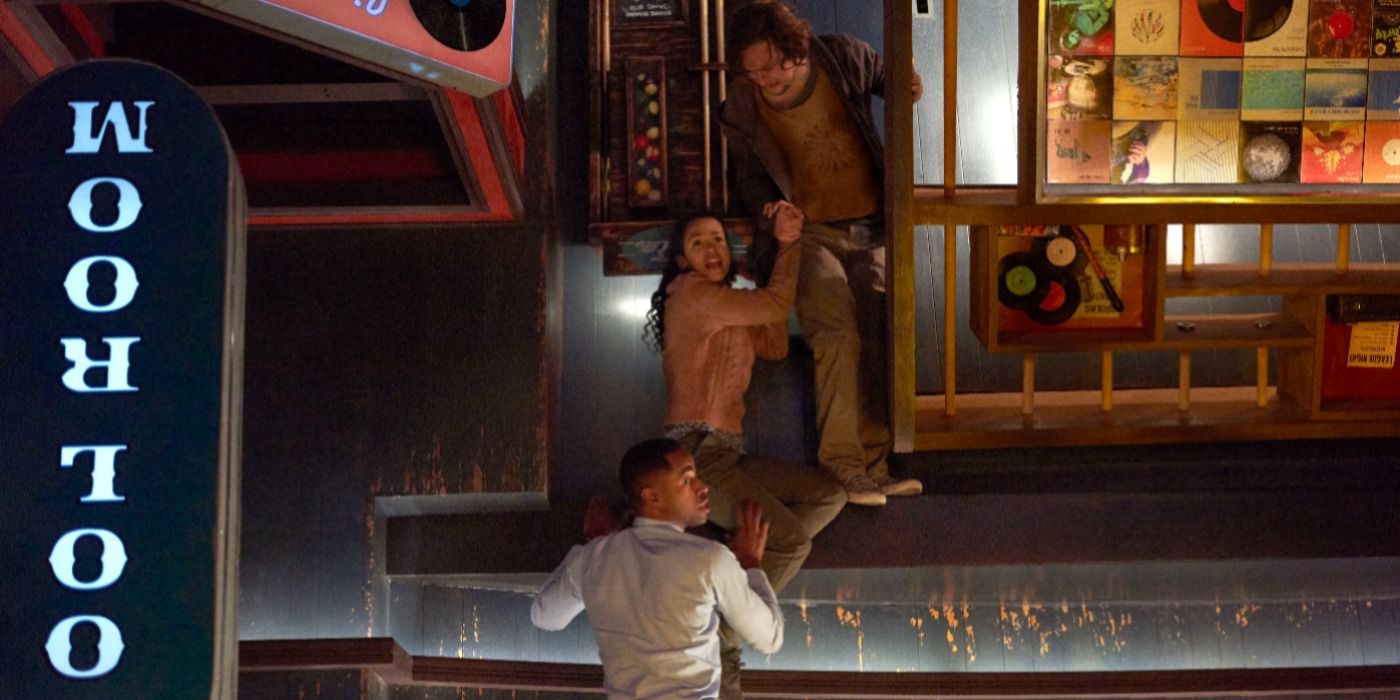
Escape Room is popcorn, YA, borderline family-friendly Saw — and I mean that as a high compliment. In both the first film and its genuinely excellent sequel Tournament of Champions, Escape Room takes the concept of "a room full of death traps and clues to get out" and beefs it up with appealingly muscular filmmaking, nifty visual effects, wonderful uses of practical sets and production design, and grandiose displays of soap-operatic emotion. And the PG-13 rating doesn't neuter any of the film's thrills or capacity to discomfort; in fact, because Escape Room is made on the scale and volume of, say, an MCU blockbuster, its horrors feel even more weirdly subversive given how accessibly they are rendered and communicated.
Hard Candy
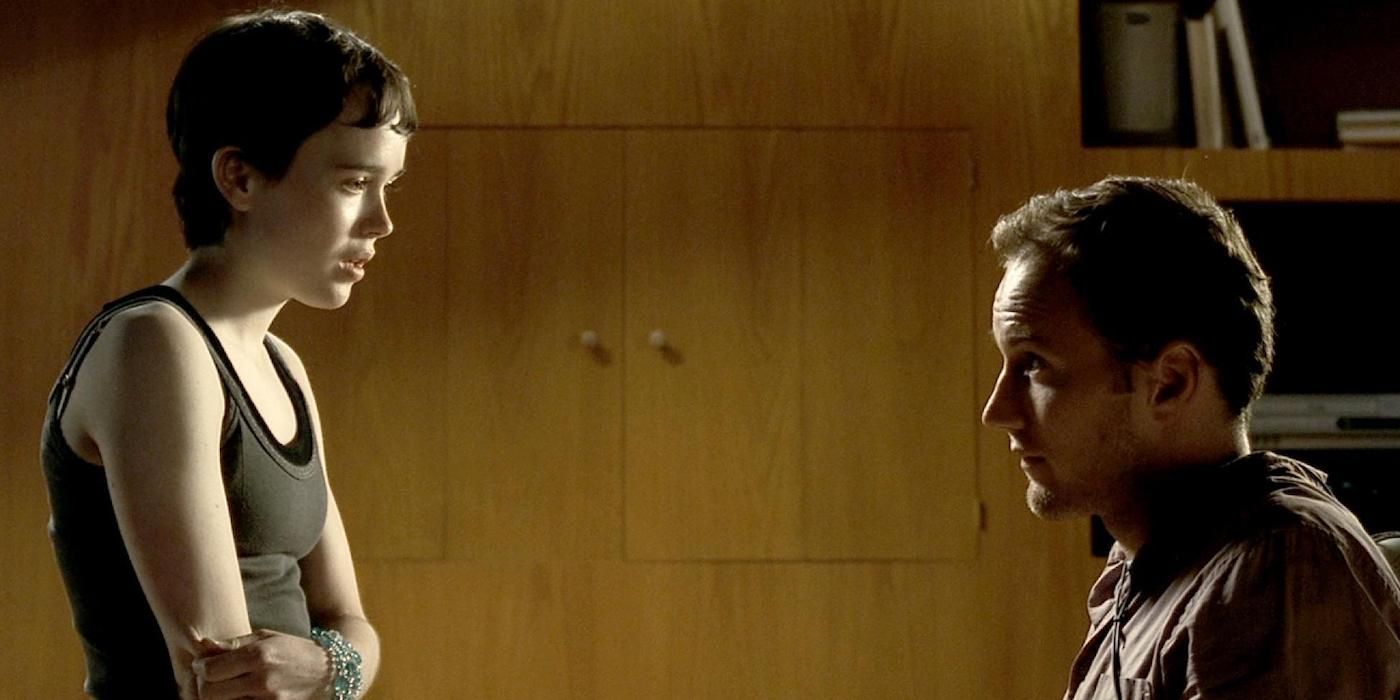
Combining many of Saw elements like the feel of a chamber play, the low budget used to its benefit, and the idea of an instigator of violence bringing someone to redemption, Hard Candy nonetheless strikes its own, wholly unique identity — one that goes even further into elements of the taboo and discomforting than anything in Jigsaw's warehouse of traps. Patrick Wilson plays, and I cannot warn you of this enough, a pedophile and child murderer, and we watch in upsetting detail as he grooms and picks up a 14-year-old child played by Elliot Page. But Page is not the demure victim Wilson thinks. In fact, Page is the one who groomed and trapped Wilson, not the other way around. Page knows of the truth behind Wilson and has crafted a series of overwhelming, violent choices for Wilson to make out of a sense of vigilante justice and protection of other potential victims. This is harrowing, triggering stuff, rendered with a visual sense of disquieting slickness by director David Slade. But if you're ready to enter this film's abyss, you will find a horror-thriller like nothing other.
Hostel
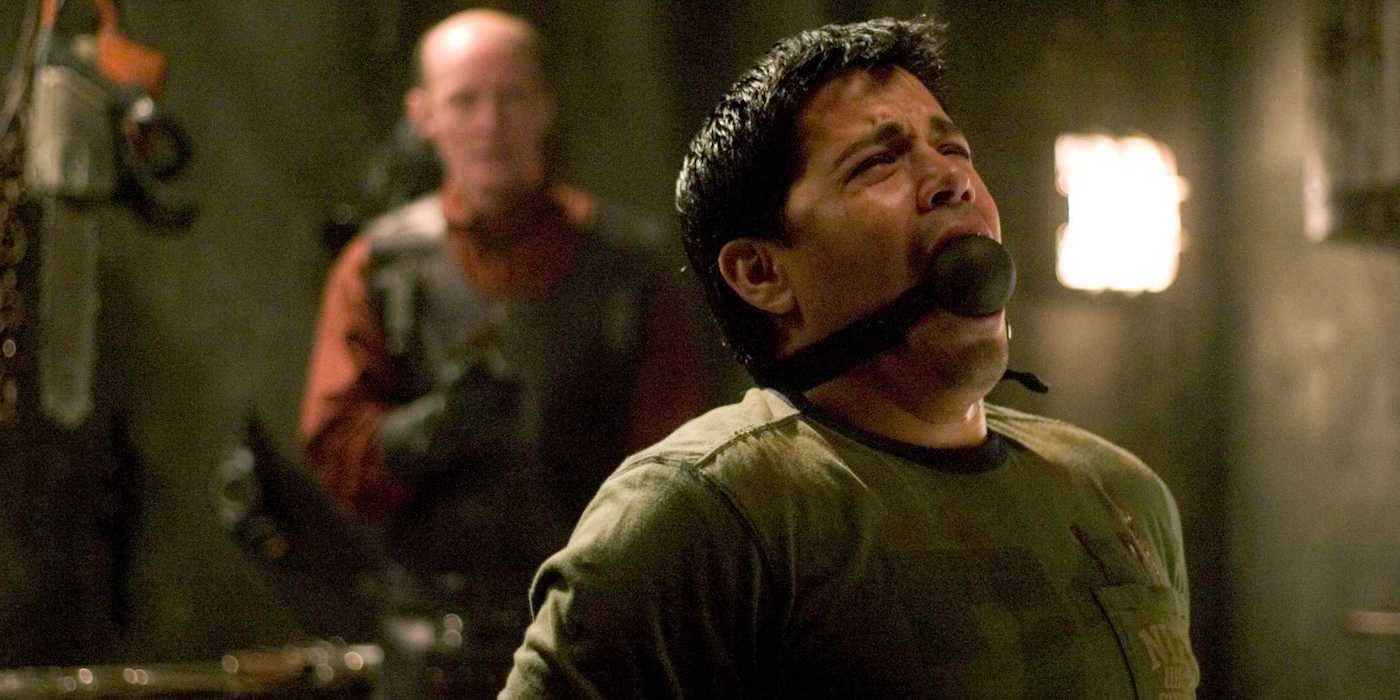
The American peak of that pejorative 2000s torture porn horror label came in a two-pronged attack: Saw and Hostel. While many elements of Hostel feel designedly different than Saw (especially its more handsomely constructed, even classical aesthetics and filmmaking techniques), Hostel remains an essential double feature-pairing at the very least from a historical perspective. A group of misogynist American bros head to the wild underbelly of "Eastern Europe" with the perception that they will engage in debaucherous sex with a variety of women begging to be used. Instead, their asses get tortured! And while this film is, like Saw, not nearly as violent as its reputation would have you believe, it's an undeniably extreme watch that fosters a boiling sense of dread and misery as its characters try desperately to survive in a new, ironic underworld they aren't aware they were perpetuating themselves.
The Killing Gene
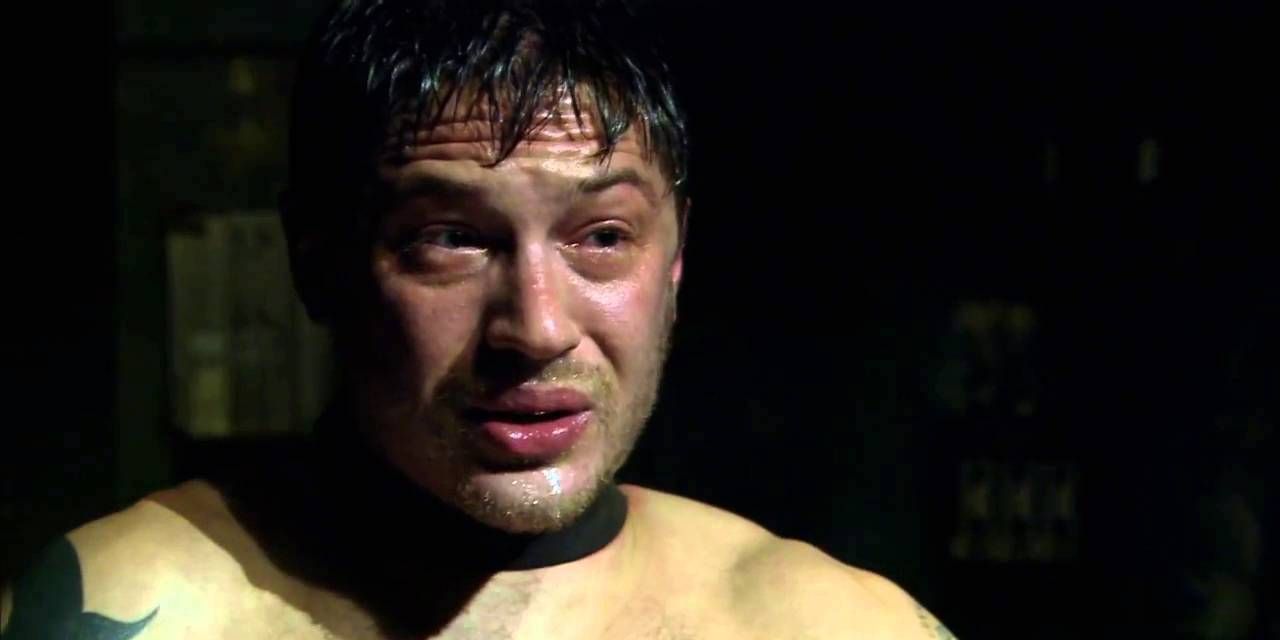
Saw is a horror film predicated on impossible choices — would you do this horrific thing or that horrific thing in order to stay alive? The Killing Gene, an underseen but weirdly star-studded British horror-thriller (featuring Stellan Skarsgård, Selma Blair, and Tom Hardy), takes the idea of "the impossible choice" and embeds it within the violence perpetrated by our killer in as inextricably extreme a manner as I've ever seen. Gruesomely disfigured bodies are piling around the city, all with the same mathematic equation carved into their skin (hello, Jigsaw removing a puzzle piece from people's bodies!), and our jaded detective Skarsgård realizes that this killer is telling his victims that they need to kill people they love or they will die themselves. It gives the sordid crime-horror-thriller plot a sickeningly viral thrust, one that twists the knife of morality in "choice" until it plunges as far as it can go.
Seven
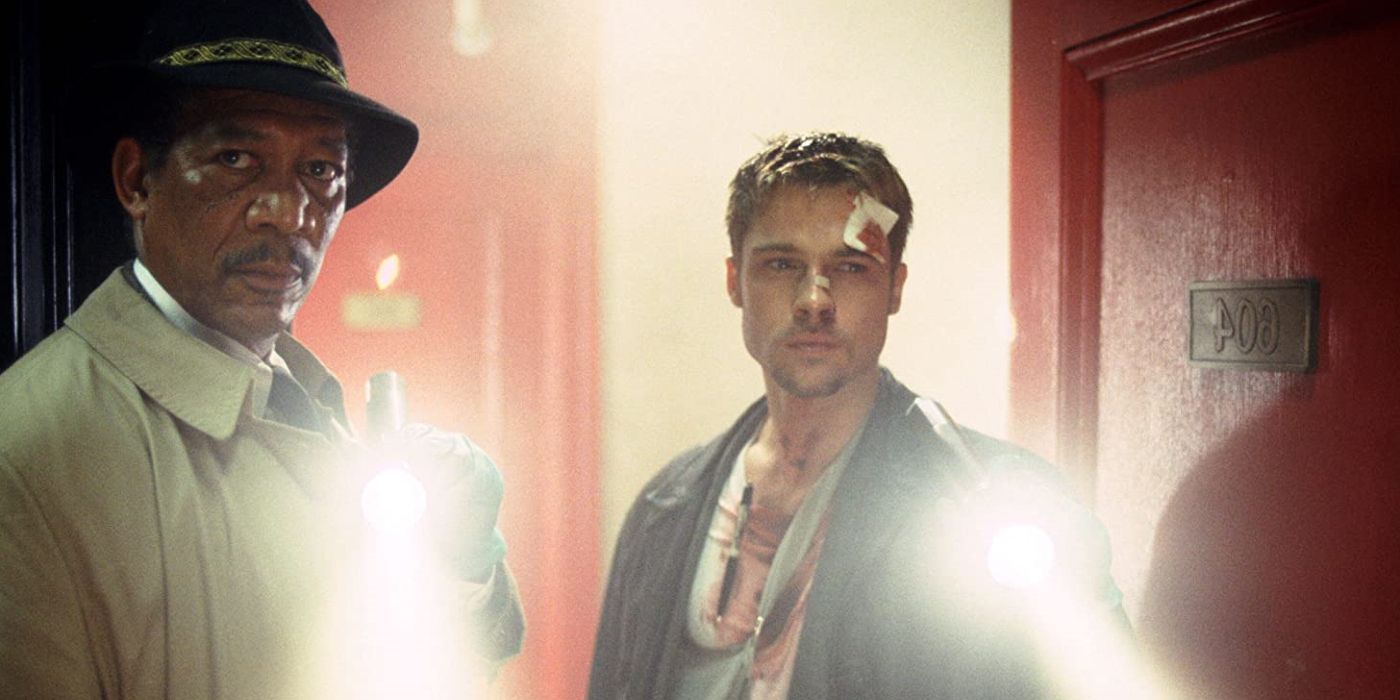
Without David Fincher's Seven, there is no James Wan's Saw, plain and simple. This immediately provocative, masterful, and influential neo-noir horror-thriller shocks with its grotesque depictions of violence, elevates with its killer's delusions of transformation, and commits thoroughly to its grimness through a perverse twist ending. Visually speaking, Saw owes a ton to Seven, too; Saw's jittery, quick-cut, handheld milieu feels like a feature-film take on Seven's ingenious opening titles, while some of Fincher's inventive camera tricks are borrowed on a lower budget for Wan's purposes. If you are a Saw fan who has not yet seen Seven, come pay your respects to the 1995 thriller that played the original game.


التعليقات على الموضوع